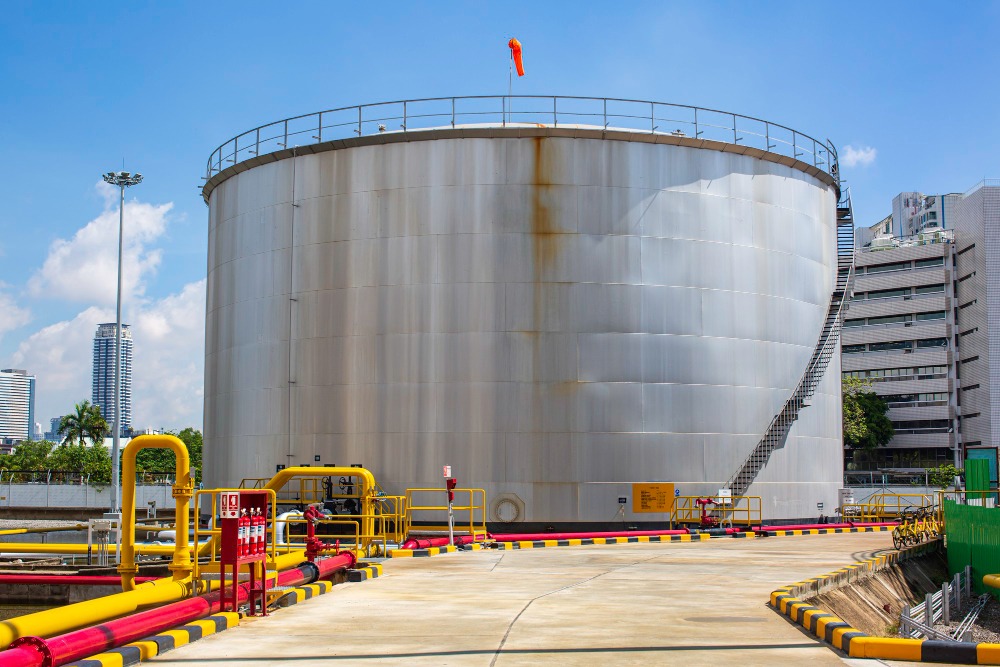As the name suggests, liquid level sensors are devices designed to detect, measure, and regulate the levels of a specific free-flowing substance within an enclosed space. Primarily used for monitoring liquid levels, these sensors can also be used for solids such as powders. The simplest liquid level sensors detect when a liquid falls below a minimum level or rises above a maximum level. However, more advanced sensors provide continuous volume measurement by transmitting the specific liquid volume in a container relative to minimum/maximum levels.
What is a Liquid Level Sensor?
Liquid level sensors have significantly evolved over the years, and various technologies are now available for level measurement. These sensors are widely used both industrially and in everyday machines. For instance, cars and other vehicles use liquid level sensors to monitor various fluids, including fuel, oil, and sometimes even power steering fluid.
Types of Liquid Level Sensors
Liquid level sensors are also used in industrial storage tanks, sludge, and water treatment facilities. Even household appliances like coffee machines use water level sensors. Many types of liquid level sensors are durable, capable of withstanding vibrations, extreme temperatures, and hazardous substances. There are several different types of liquid level sensors, each suited to specific applications. One of the most commonly used types relies on a magnetic float that rises and falls as the liquid level in the container changes. When the liquid, and therefore the float and magnet, reach a certain level, a magnetic switch is triggered. Another common type is the conductive sensor, which can only measure electrically conductive liquids. The conductive sensor includes a power source and at least two electrodes placed within the container. When the liquid reaches a specific point, it completes a circuit and activates an internal switch. Pneumatic sensors are often used in systems where electrical usage is unsuitable, especially for hazardous liquids. These sensors detect the air level between the liquid and the pneumatic sensor, then use this reading to calculate the amount of liquid used to fill the rest of the container. Magnetostrictive liquid level sensors are similar in design to standard magnetic float sensors, but the magnet’s level is measured using a magnetostrictive wire that reacts when its magnetic field is disrupted by the presence of magnets. These types of sensors are often used in conjunction with computer programs due to their accuracy.
Applications of Liquid Level Sensors
- Industrial Manufacturing: Liquid level sensors are used in manufacturing processes to monitor and control the levels of liquids in tanks, containers, and pipelines. They ensure proper operation and prevent overflows or shortages.
- Food and Beverage Industry: Liquid level sensors are used to monitor and control the levels of liquids in food and beverage production, such as tracking the levels of ingredients, liquids in storage tanks, and filling containers.
- Chemical Industry: Liquid level sensors monitor and control the levels of various chemicals in tanks and reactors at chemical processing plants. They provide accurate measurements and prevent spills or leaks.
- Water and Wastewater Management: Liquid level sensors are used to monitor and control water and wastewater levels in treatment facilities, reservoirs, and wastewater management systems. They help maintain proper water levels and prevent overflow or underflow.
- Oil and Gas Industry: Liquid level sensors are used to monitor and control the levels of oil, gas, and other liquids in storage tanks, pipelines, and refineries. They ensure safe and efficient operations.
- Pharmaceutical Industry: Liquid level sensors are used in pharmaceutical manufacturing processes to monitor and control the levels of liquids in tanks and containers. They provide accurate measurements and prevent contamination.
- Automotive Industry: Liquid level sensors are used in automotive applications, such as monitoring fuel, coolant, and oil levels in vehicles. They provide accurate readings and help maintain optimal performance.
- HVAC Systems: Liquid level sensors are used in heating, ventilation, and air conditioning (HVAC) systems to monitor and control the levels of liquids such as water or refrigerants. They ensure proper operation and prevent system failures.
In conclusion, liquid level sensors are vital tools across various industries and everyday applications. By ensuring accurate and reliable measurement of liquid levels, they contribute to efficient operations, safety, and process control. As technology continues to advance, we can expect further developments in the capabilities and applications of these essential devices.

